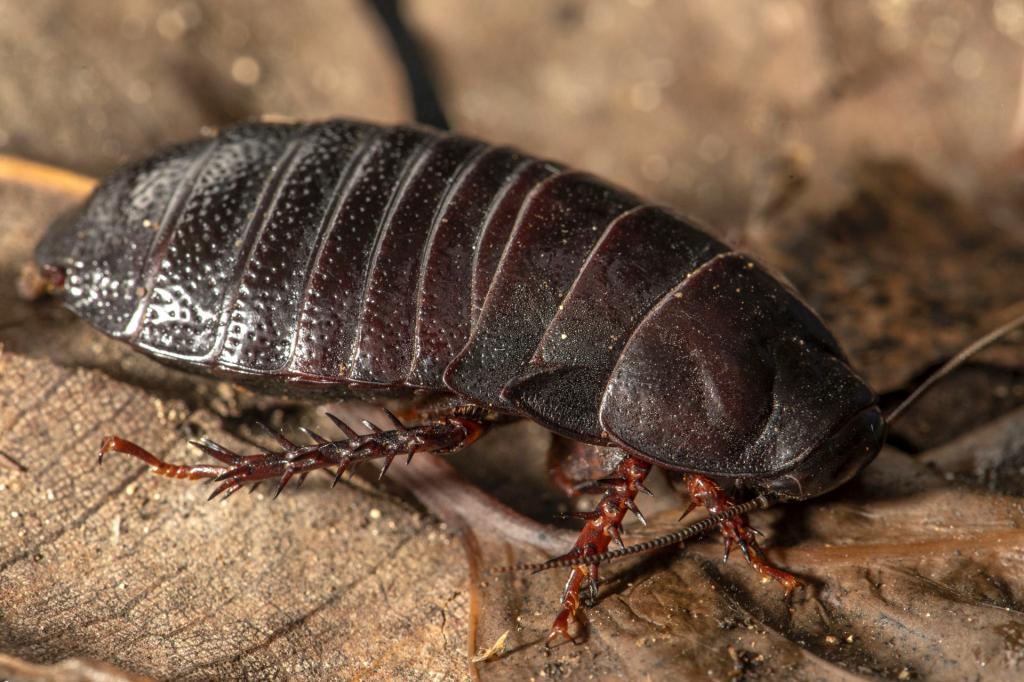Although thought to have been extinct since around 1930, the wingless wood-eating cockroaches on Lord Howe Island have recently reappeared, when a university student in Australia came across them beneath a rock at a base. tree.

The wingless wood-eating cockroach named Panesthia lata was once common on Lord Howe Island – a remnant of a crescent-shaped volcano in the Tasman Sea, between Australia and New Zealand. A wood-eating cockroach is from 2.2 to 4cm long, the body has two main colors, red and black, iridescent like metal. But since 1930, the species has been thought to have disappeared entirely.
Since 1918, the number of this wood-eating cockroach began to decrease due to the appearance of rats. This is considered a major ecological challenge for the island in the last century, leading to the extinction of some endemic bird species and the near extinction of some species of bugs and insects.
In 2019, the island’s management launched a rodent eradication program, preparing to restore the island’s original natural ecosystem. The reappearance of wood-eating cockroaches is said to be a good sign.

The person who discovered this “family” of cockroaches, named Maxim Adams, is a student at the School of Biological Sciences, at the University of Sydney. Adams said he was simply walking around the island and looking to see if the insects thought to be extinct had really disappeared altogether.
Adams said.
“We’re simply conducting surveys in ‘promising’ areas to make sure they’re really extinct. One of them is the North Bay, which is also the most hopeless place. But then at the very first rock that was turned over, there they were.”
North Bay is a secluded, white sand beach that can be visited by hiking or by boat. The cockroach “family” was found hiding under a rock, under a banyan tree. However, in the remaining areas of the island, there is no sign of them at all.
In the decades that followed, after the appearance of rats on the dugout, several other populations of cockroaches were found scattered across the two surrounding islets. But they are only “close relatives” of the wood-eating cockroaches of Lord Howe Island.
The reappearance of this cockroach after nearly 100 years of being “chased” by rats has surprised conservationists.
“It reminds conservationists not to give up hope. Although small, Panesthia lata plays an extremely important role in the ecosystem, contributing to the circulation of nutrients in the soil, as well as being an excellent food source for many birds and reptiles. Others are also in danger of extinction.”





